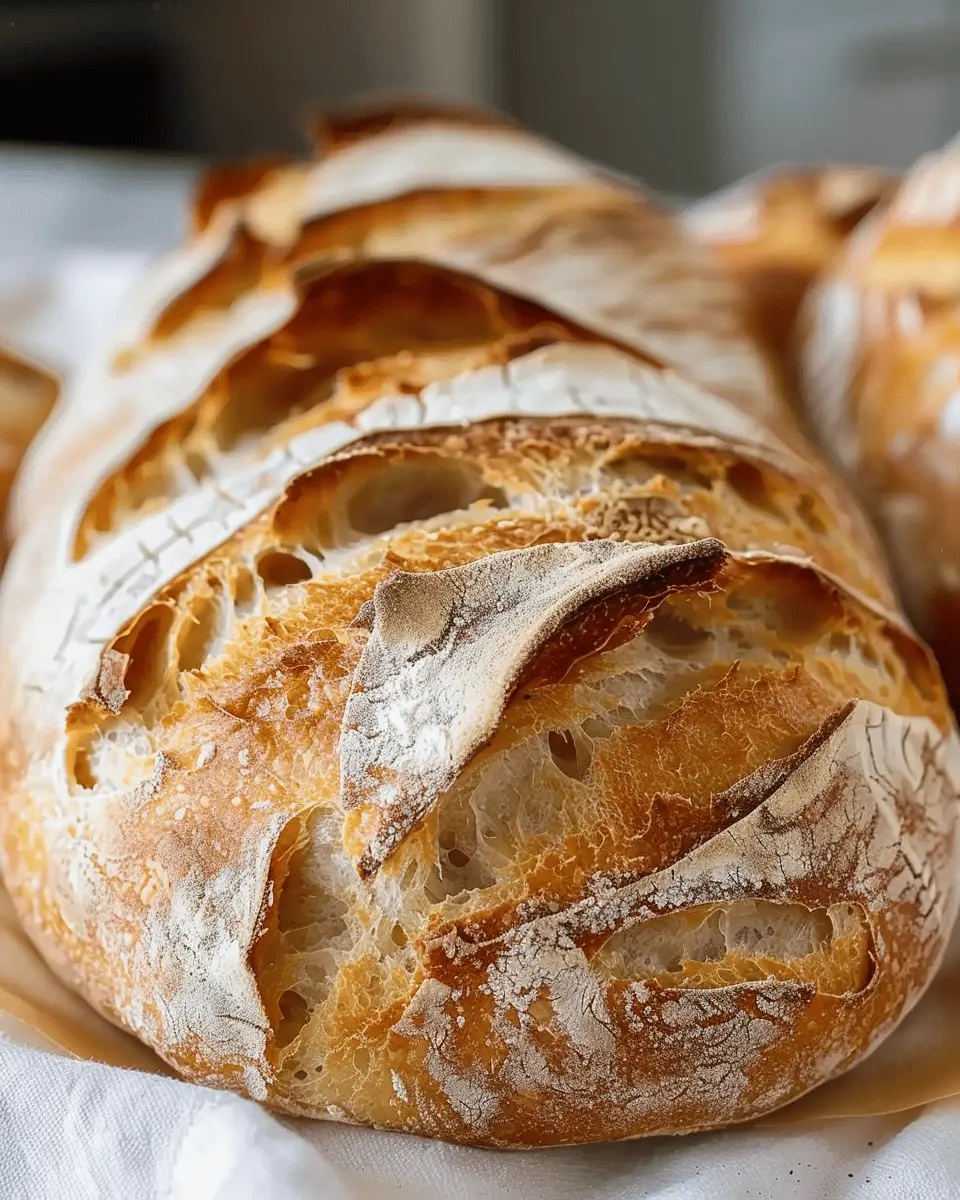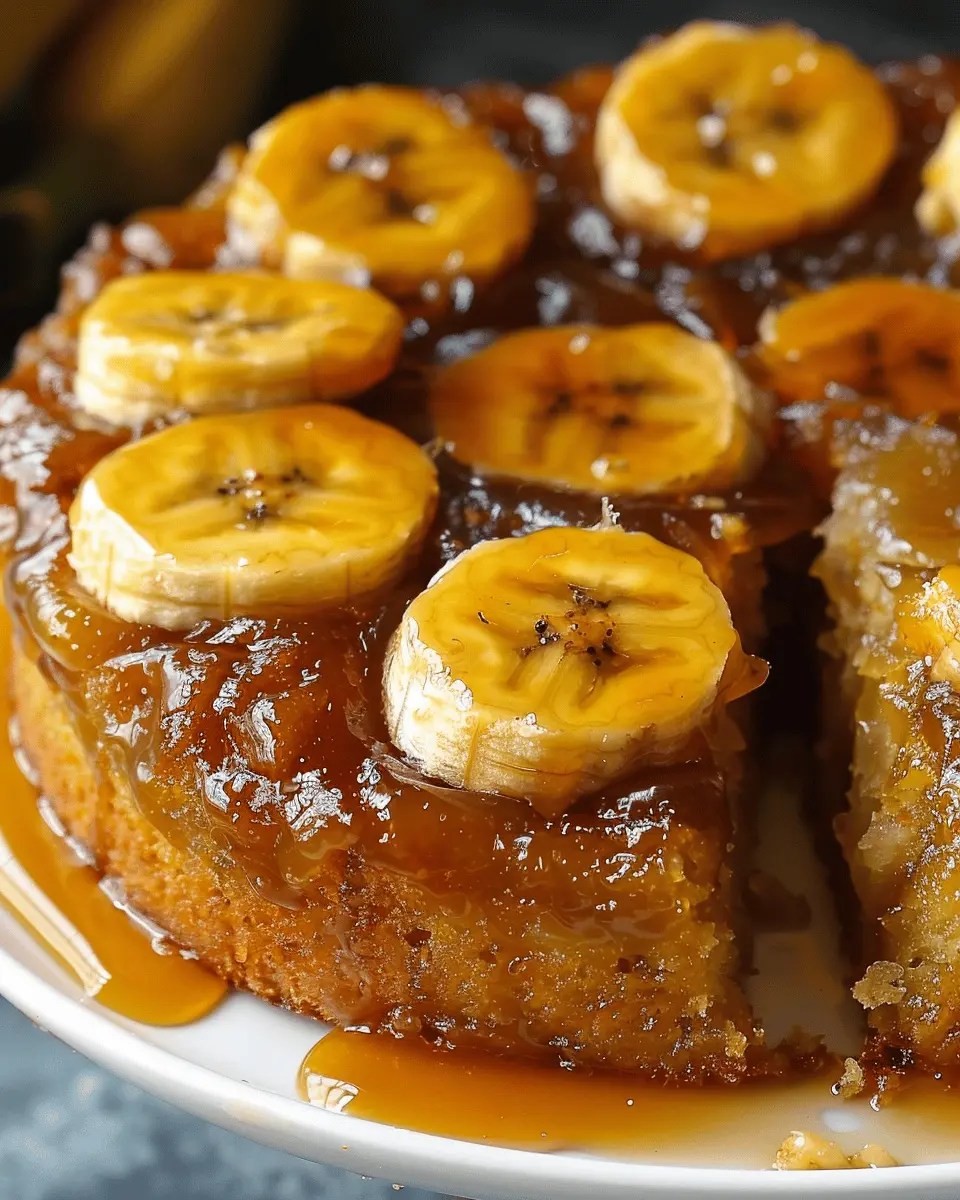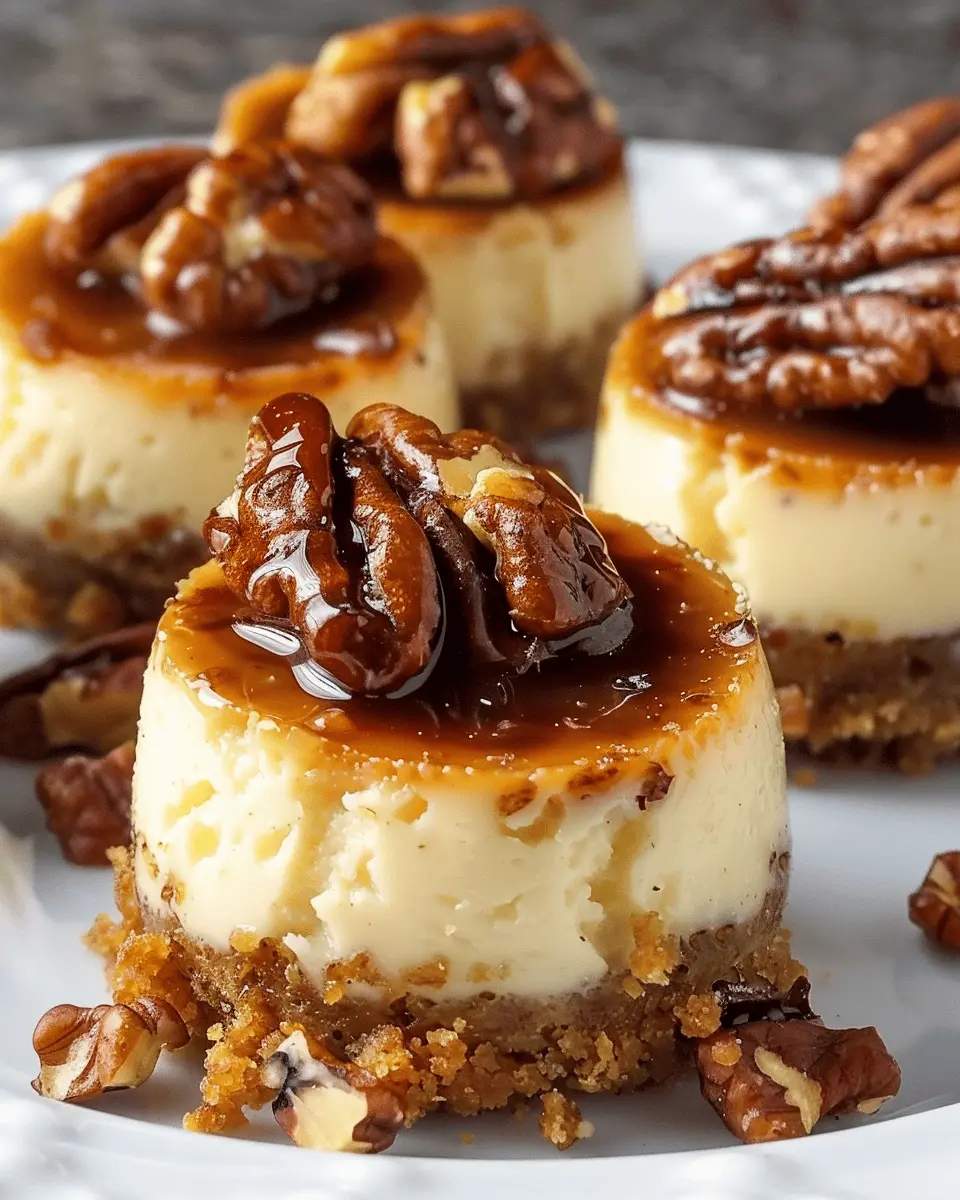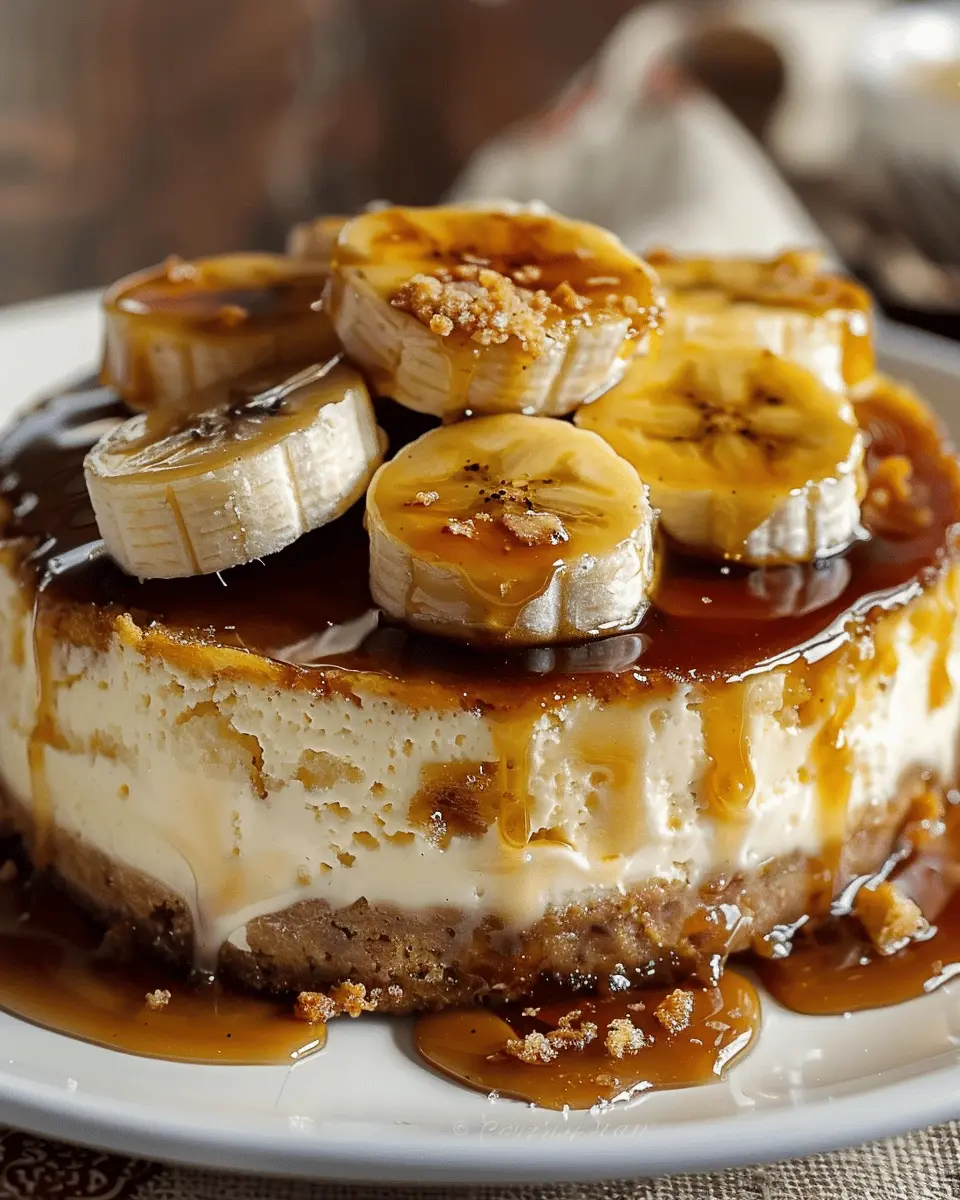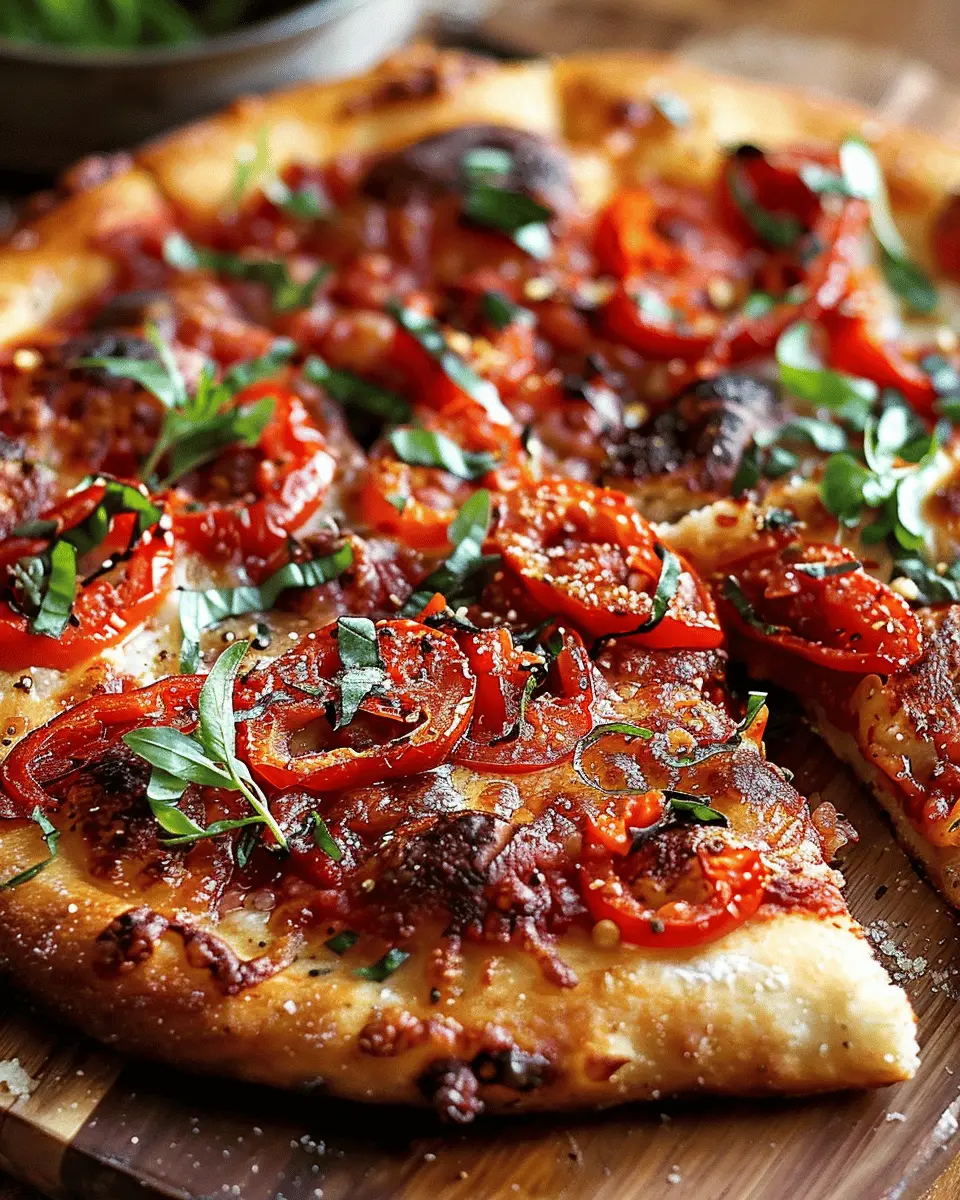Introduction to Artisan Bread Recipe
There’s something magical about biting into a freshly baked loaf of artisan bread. The crust is perfectly crisp, the inside is soft and airy, and the aroma can instantly transport you to a quaint bakery on a cobblestone street. But why is making homemade artisan bread truly a game changer for you?
Why is homemade artisan bread a game changer?
First off, let’s talk about quality. Store-bought bread often contains preservatives and ingredients that you can’t pronounce. When you make your own artisan bread, you have complete control over what goes into it. You can opt for high-quality flours, add in herbs or seeds, and truly personalize the flavors to suit your taste.
Not to mention, the health benefits of baking at home cannot be overlooked. According to a study by the Whole Grains Council, incorporating whole grains into your diet can significantly improve heart health and aid digestion. Who doesn’t want to indulge in something that tastes great and is good for you?
In addition, there’s an unbeatable sense of accomplishment that comes from making your own bread. The process can be therapeutic too, allowing you to disconnect from the hustle and bustle of daily life. Think about it: kneading dough, allowing it to rise, and waiting for that heavenly aroma to fill your kitchen. The patience and care you put into baking can be a rewarding experience that leads to shared moments with friends and family around the dinner table.
Moreover, when it comes to cost-effectiveness, homemade artisan bread is often more affordable than you may think. By purchasing basic ingredients in bulk and using them across various recipes, you can save quite a bit of money.
If you’re intrigued and want to learn the ins and outs of baking your very own artisan bread, stay tuned! We’ll cover everything from the ingredients you’ll need to baking tips that will make you feel like a pro in your own kitchen. And who knows? You might just become the go-to bread baker among your friends!
Ready to dive in? Let’s get started!

Ingredients for Artisan Bread
Crafting the perfect artisan bread at home is not only rewarding but also a delightful culinary adventure. Let’s explore the key ingredients you’ll need for your perfect loaf.
Basic Building Blocks
-
Flour: The foundation of your artisan bread recipe. Use high-quality bread flour for optimal gluten formation. Alternatively, a blend of all-purpose and whole wheat flour can add flavor and texture.
-
Water: Vital for hydrating the flour and developing gluten. Ideally, use room temperature water; it helps the yeast activate without overheating. Consider filtered water for a cleaner taste.
-
Yeast: Opt for active dry or instant yeast to give your bread that beautiful rise. Remember, yeast is a living organism that loves a warm environment to thrive.
-
Salt: A crucial ingredient for flavor enhancement and gluten strength. Sea salt or kosher salt works best, adding a nice contrast to the sweetness of the bread.
Optional Ingredients
-
Sugar: Though not essential, a sprinkle of sugar can feed yeast and enhance browning.
-
Additional Flavorings: Feel free to get creative! Herbs, spices, or even roasted garlic can elevate your loaf from standard to extraordinary.
Incorporating these ingredients thoughtfully ensures your artisan bread is deliciously satisfying. For more tips on mastering the art of bread baking, check out this comprehensive guide to baking bread. Happy baking!
Step-by-Step Preparation of Artisan Bread
Making artisan bread at home can seem intimidating, but with this step-by-step guide, you’ll find it quite manageable. Each step brings you closer to that perfect loaf with a crusty exterior and a soft, airy interior. Let’s dive right in!
Gather your ingredients
Before we hands-on with dough, let’s gather everything you’ll need. Here’s a simple checklist:
- 3 cups all-purpose flour (plus extra for dusting)
- 2 teaspoons salt
- 1 teaspoon instant yeast
- 1½ cups warm water (about 110°F)
These ingredients are the foundation of your artisan bread recipe. Be sure to use fresh yeast and high-quality flour, as they heavily influence the flavor and texture of your bread. If you’re interested in learning more about the types of flour, check out King Arthur Baking.
Combine dry ingredients
In a large mixing bowl, whisk together the flour, salt, and instant yeast until they’re evenly distributed. This step is crucial because it prevents clumps and ensures that your artisan bread rises beautifully. You can also use a stand mixer with a dough hook for this process if you prefer, but a simple bowl and whisk work just fine.
Mix in warm water
Now, it’s time for the magic ingredient – warm water. Pour the warm water into your dry mixture, and stir until everything is just combined. The dough will be shaggy and slightly sticky, which is exactly what we want. Don’t worry about kneading just yet! This is the beauty of the artisan bread recipe – it hugs simplicity.
Allow dough to rise
Cover the bowl with plastic wrap or a clean kitchen towel and let the dough rest at room temperature for about 12-18 hours. This long rise period allows the flavors to develop and is one of the secrets behind artisan bread. You’ll know it’s ready when the dough has doubled in size and is dotted with bubbles.
Shape the dough
After the long rise, turn your dough out onto a floured surface. Carefully fold it over itself a couple of times, which helps shape it. Then, shape the dough into a round or oval loaf depending on your preference. Place the shaped dough onto a parchment-lined surface or into a lightly floured proofing basket.
Prepare for baking
Cover the dough once more and let it rise for another 1-2 hours. Preheat your oven to 450°F during the last 30 minutes of this final rise. If you have a Dutch oven, now is the time to use it by placing it in the oven to preheat with the bread.
Create steam for the crust
A perfectly crispy crust is key to great artisan bread. To create steam, you can add a small pan filled with hot water to the bottom rack of the oven just before placing your bread inside. Alternatively, if your dough is in a Dutch oven, the lid will trap steam, providing that desirable crust.
Bake to perfection
Carefully transfer your dough to the preheated oven. If it’s on parchment, you can lift it directly into your Dutch oven. Bake for 30 minutes covered, then remove the lid or parchment and bake for an additional 15-20 minutes until deep golden brown.
Let your artisan bread cool on a wire rack. This step is important – if you slice into it too soon, you’ll find the texture isn’t quite right. Once cooled, slice it up, and enjoy with your favorite spreads or toppings, perhaps some turkey bacon and avocado!
By following this easy artisan bread recipe, you’ll impress not just yourself but anyone who tastes your creation. Happy baking!
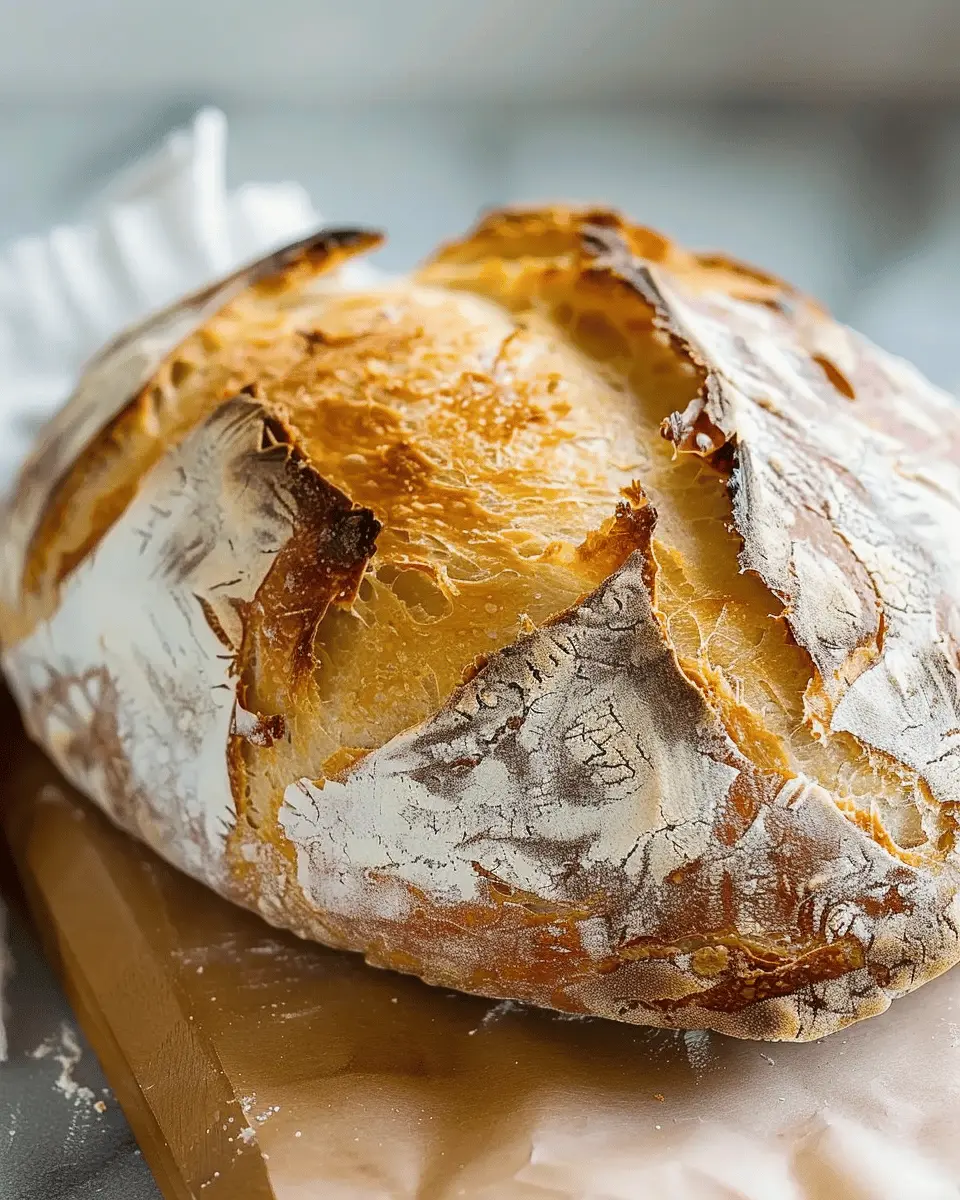
Variations on Artisan Bread
Artisan bread is a delightful canvas for culinary creativity. Today, let’s explore some delicious variations on our classic artisan bread recipe that are sure to impress your friends and elevate your baking game!
Herb-infused artisan bread
Imagine pulling a loaf from the oven that’s bursting with the scent of fresh herbs. For herb-infused artisan bread, consider adding a medley of rosemary, thyme, or basil right into your dough. Start by finely chopping about 1-2 tablespoons of your chosen herbs, then mix them in with your dry ingredients. Not only will this enhance the flavor, but it also adds a beautiful aromatic touch.
This variation pairs wonderfully with olive oil for dipping, or you can serve it alongside your favorite soup or salad. Speaking of which, check out the Spruce Eats for some great soup recipes that would complement this bread perfectly!
Cheese and olive artisan bread
If you’re a cheese lover, this addition might just become your new go-to. Mix in 1 cup of your favorite cheese—feta, cheddar, or even a tangy goat cheese—into the dough along with a half-cup of chopped olives. The result? A savory treat that is simply irresistible.
This cheese and olive artisan bread makes a fantastic centerpiece for a charcuterie board, or you can slather it with a bit of butter for an indulgent snack. Consider sipping some sparkling water or herbal tea to balance out the flavors.
With these variations, your artisan bread recipe can always remain fresh and exciting, making your next baking session something to look forward to! What unique mix-ins will you try?
Cooking Tips and Notes for Artisan Bread
When embarking on your artisan bread recipe journey, a few handy tips can make all the difference in crafting that perfect loaf. Here are some insights to elevate your baking experience:
-
Choose Quality Ingredients: Start with high-protein bread flour. It may seem like a small detail, but the right flour can significantly improve the bread’s texture and rise. Brands like King Arthur Flour are often recommended by bakers for their consistent quality.
-
Know Your Dough: Artisan bread dough is typically wetter than traditional bread. If your dough feels sticky, don’t be tempted to add more flour too quickly; it’s best to adjust your hydration gradually.
-
Practice Patience: Allow your dough adequate time to rise. The slow fermentation enriches flavors and makes for a more delicious crust. A cold overnight rise in the fridge can also enhance your bread’s texture and flavor profile.
-
Get Steamy: For a crusty exterior, place a pan of hot water in the oven while baking or mist the surface with a spray bottle right before closing the oven door.
These tips will guide you through your artisan bread adventure, providing a fun, satisfying baking experience. Happy baking! For more great bread techniques, check out the America’s Test Kitchen guidelines for artisan bread.

Serving Suggestions for Artisan Bread
When it comes to serving your artisan bread, the possibilities are endless! Here are some ideas to elevate your dining experience and impress your guests.
Slather with Spreads
Start by slathering your warm artisan bread with butter, olive oil, or even a flavored spread like garlic herb cream cheese. The warmth of the bread will melt the butter, creating an irresistible treat.
Delightful Sandwiches
Why not turn that artisan bread recipe into a gourmet sandwich? Consider layering slices with:
- Turkey bacon
- Chicken ham
- Fresh tomato slices
- Leafy greens
- Avocado
These ingredients mix wonderfully for a satisfying meal.
Pair with Soups and Salads
Serve your artisan bread alongside a hearty soup or crisp salad. The artisan texture pairs beautifully with creamy tomato soups or a zesty mixed greens salad. For extra heartiness, some suggest dipping the bread in a flavorful broth, enhancing each bite.
Cheese and Charcuterie
Create a delightful cheese and charcuterie board featuring your artisan bread. Include soft cheeses like brie or a sharp cheddar, complemented by slices of chicken ham or turkey bacon. This combination not only looks appetizing but also promotes a fantastic social atmosphere.
For more serving ideas, check out The Spruce Eats for inspiration on flavor pairings and plating tips. Happy serving!
Time Breakdown for Artisan Bread
Creating the perfect loaf with this artisan bread recipe involves a careful balance of patience and precision. Here’s a quick breakdown of the time investment:
Preparation Time
Expect around 15-20 minutes for gathering ingredients and mixing your dough. This stage is crucial for getting the right texture, so don’t rush it!
Rising Time
The magic truly happens during rising. Allow your dough to rest for about 4-6 hours. This slow fermentation develops the flavors, making your bread deliciously complex.
Baking Time
Once your dough has risen, it typically bakes for 30-40 minutes in a preheated oven. Watch for that beautiful golden crust—an irresistible sign it’s ready!
Total Time
In total, you’re looking at about 5-7 hours to enjoy fresh bread. It may seem lengthy, but the aroma and taste will be worth every minute! Want to dive deeper? Check out expert tips on bread making from sources like King Arthur Baking for even more insights. Happy baking!
Nutritional Facts for Artisan Bread
When you indulge in a delicious homemade artisan bread recipe, it’s good to know the nutritional perks you’re bringing to the table! Here’s a quick look at what you’re consuming.
Calories
An average slice of artisan bread contains about 80-100 calories. This makes it a moderate choice for bread lovers looking to enjoy their meals without excessive calorie counts.
Protein
Each slice typically boasts 3-4 grams of protein, making it a decent option for those aiming to meet their daily protein requirements. Pair it with Turkey Bacon or spreads like nut butter for a protein boost!
Sodium
Artisan breads usually contain around 150-200 mg of sodium. While this is relatively moderate, it’s always wise to check labels or recipes to ensure you’re not exceeding recommended daily limits. For further reading on sodium and heart health, you can check out this guide from the American Heart Association.
Remember, enjoying your homemade artisan bread in moderation can enhance your meals without compromising your health goals. So, what will you top your slice with today?
FAQs about Artisan Bread
How do I store my artisan bread?
Storing your artisan bread properly can make a world of difference in keeping it fresh! The best way to preserve its delightful texture and flavor is to store it at room temperature in a paper bag or a bread box. Avoid plastic bags, as they can trap moisture and lead to a soggy crust. If you need to store it for a more extended period, consider slicing the bread and wrapping it tightly in plastic wrap or aluminum foil before placing it in the freezer. When you’re ready to enjoy it again, just pop it in the oven at a low temperature for a few minutes to revive that crispy crust.
Can I use whole wheat flour instead?
Absolutely! Using whole wheat flour in your artisan bread recipe can give your loaf a heartier flavor and add nutritional benefits. Keep in mind that whole wheat flour absorbs more liquid than all-purpose flour, so you might need to adjust the hydration level by adding a bit more water. It’s also a good idea to allow your dough to rest for a little longer to develop the gluten properly, giving you that perfect rise.
What should I do if my dough doesn’t rise?
Don’t fret! Even experienced bakers face this challenge. If your dough isn’t rising, it could be due to inactive yeast. Check the expiration date on your yeast or proof it first by mixing it with warm water and a bit of sugar; if it bubbles, you’re good to go! It could also be that your kitchen is too chilly for fermentation. Try placing the dough in a warmer spot, like an unlit oven or near a heating source. Remember, patience is key in baking. Trust the process!
For further resources, you might find blogs on sites like King Arthur Baking or The Kitchn incredibly helpful!
Conclusion on Artisan Bread
Baking your own artisan bread is an incredibly rewarding experience that adds a delightful touch to any meal. With this comprehensive artisan bread recipe, you can create a loaf that not only looks stunning but also has a wonderful texture and flavor.
Embrace the process, allowing yourself to learn and adjust as you grow into the art of bread-making. Feel free to explore various flavors—imagine infusing your dough with herbs or adding that savory Turkey Bacon or Chicken Ham for an incredible sandwich. Remember, the journey of baking is just as gratifying as the end result. So go ahead, let your creativity rise, and share your creations with friends. Who knows? You might inspire someone else to pick up the flour and yeast! Check out resources like The Perfect Loaf for more tips and inspiration on artisan breads.
Artisan Bread Recipe: Easy Homemade Delight for Every Meal
Make delicious artisan bread right at home with this easy recipe that’s perfect for any meal.
- Prep Time: 15 minutes
- Cook Time: 45 minutes
- Total Time: 12 hours 60 minutes
- Yield: 1 loaf 1x
- Category: Breads
- Method: Baking
- Cuisine: American
- Diet: Vegetarian
Ingredients
- 4 cups all-purpose flour
- 1 1/2 cups warm water
- 2 teaspoons salt
- 1/2 teaspoon instant yeast
Instructions
- In a large bowl, combine flour, salt, and yeast.
- Add warm water and mix until a shaggy dough forms.
- Cover the bowl with plastic wrap and let it sit at room temperature for 12 to 18 hours.
- Preheat your oven to 450°F (230°C) and place a Dutch oven inside to heat up.
- Shape the dough into a ball and place it on a floured surface, let it rest while the oven heats up.
- Carefully transfer the dough to the preheated Dutch oven, cover, and bake for 30 minutes.
- Remove the lid and bake for an additional 15 minutes until golden brown.
- Let cool on a wire rack before slicing.
Notes
- For added flavor, try incorporating herbs or cheese into the dough.
- Ensure your water is warm but not hot, around 110°F (43°C).
Nutrition
- Serving Size: 1 slice
- Calories: 150
- Sugar: 0g
- Sodium: 300mg
- Fat: 1g
- Saturated Fat: 0g
- Unsaturated Fat: 0g
- Trans Fat: 0g
- Carbohydrates: 30g
- Fiber: 1g
- Protein: 5g
- Cholesterol: 0mg
Keywords: artisan bread, homemade bread, easy bread recipe

